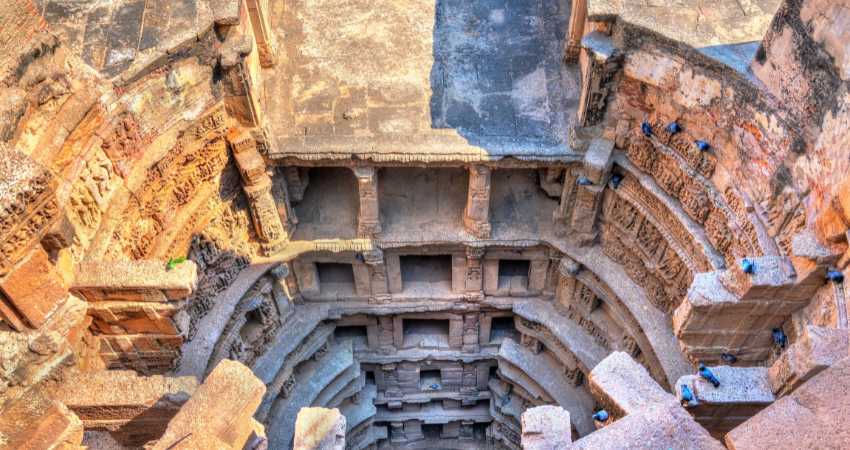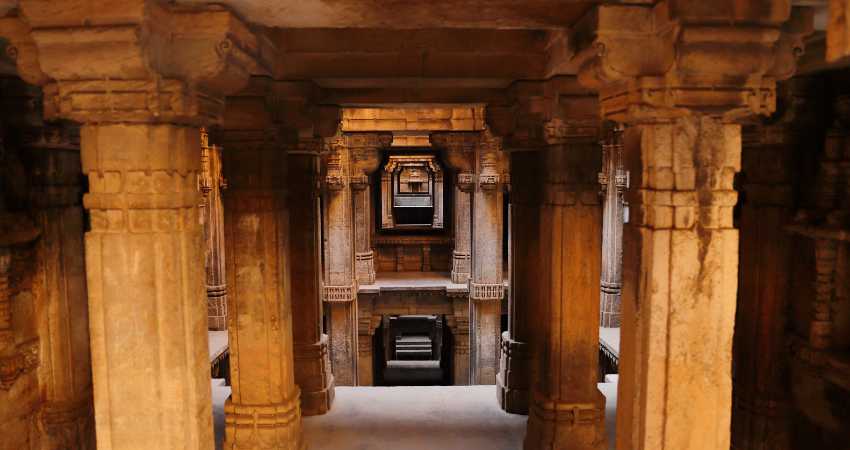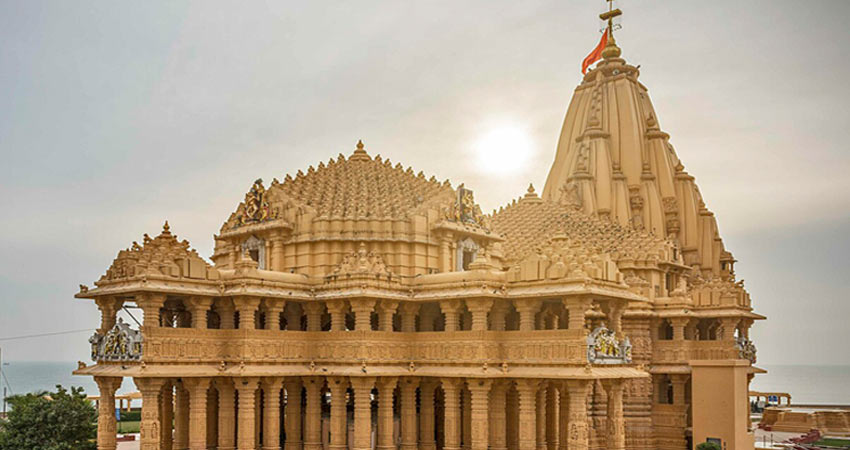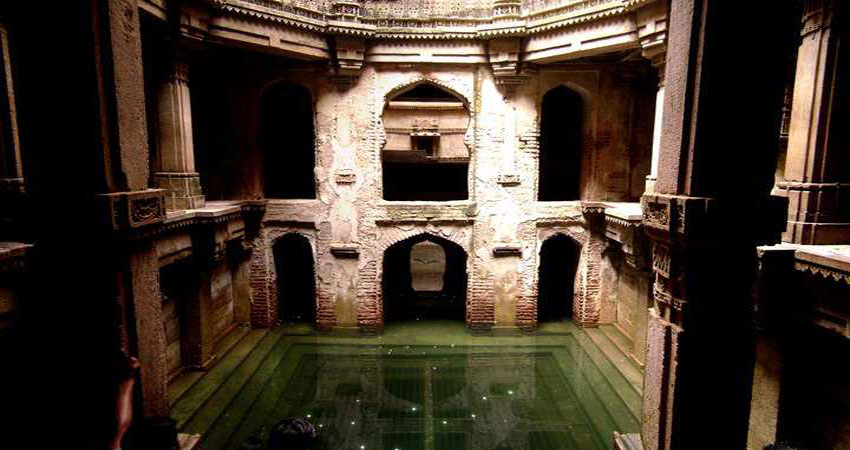Overview
About the Location:
A stunning reminder of Patan’s former glory, this exquisite stepwell, Rani ki Vav, stands as one of the oldest and most beautifully preserved in Gujarat. Nestled on the banks of the Saraswati River, this architectural gem leads visitors down through multiple tiers adorned with intricately carved pillars and over 800 sculptures, primarily depicting Vishnu-avatar themes, alongside mesmerizing geometric patterns. Designed as an inverted temple, it exemplifies the exceptional craftsmanship of its era and the distinct Maru-Gurjara architectural style, with sculptures reminiscent of those in the Vimalavasahi temple at Mount Abu and the Sun temple at Modhera.
Brief History:
Commissioned in 1063 by Rani Udayamati of the Chaulukya Dynasty in honor of her husband, Bhimdev I, Rani ki Vav is a testament to enduring devotion. According to a 1304 composition by Jain monk Merutunga, Udayamati, daughter of Naravaraha Khangara, initiated this monumental project, which took 20 years to complete. By the late 19th century, the stepwell was buried under silt, with only its shaft and a few pillars visible, as recorded by archaeologists Henry Cousens and James Burgess. It wasn’t until the 1940s that Rani ki Vav was rediscovered, leading to its restoration by the Archaeological Survey of India in the 1980s. Recognizing its historical and cultural significance, UNESCO designated Rani ki Vav as a World Heritage Site in 2014.





